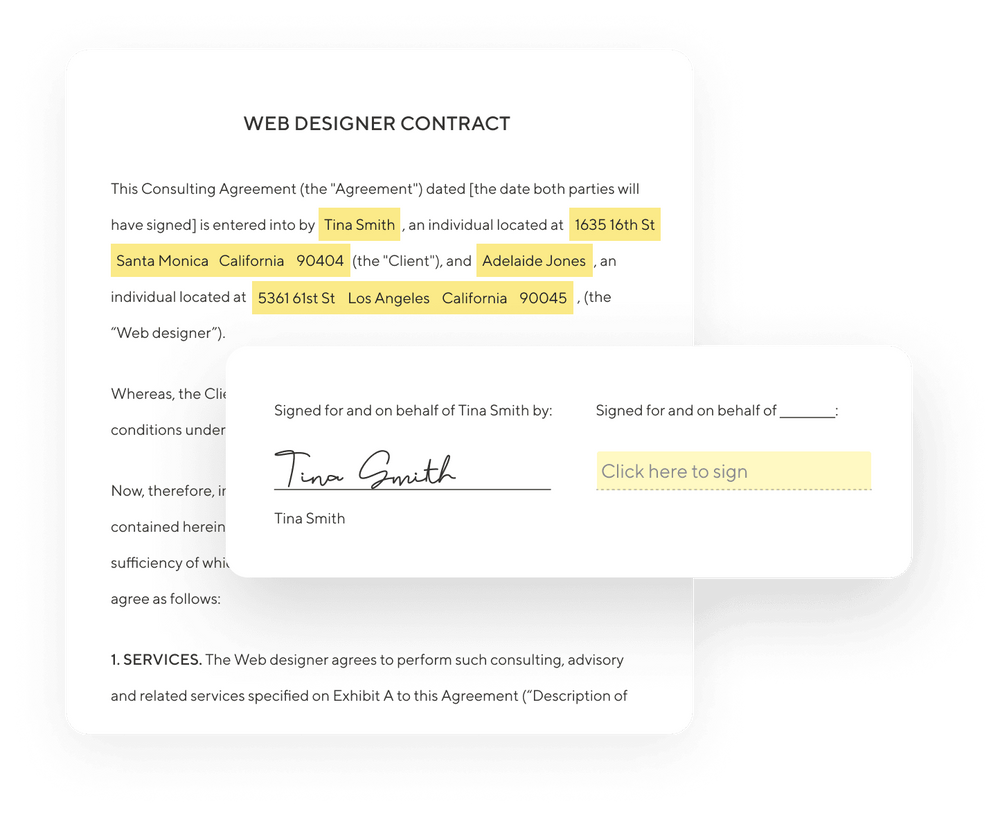Birth photography is thrilling for every photographer, but it is crucial to ensure you get everything right because you will not have an opportunity to redo the photoshoot. And you can do this by ensuring the following:
- You sign a formal birth photography contract that clearly outlines when and where to take the photos.
- Prepare well in advance to ensure you have the right equipment, such as a good camera, lens, enough memory cards, and an extra battery.
The second part is obvious for anyone in the photography business, but the first one can be a little challenging if you have never had to sign a birth photography contract before.
This article explains everything you need to know about birth photography contracts, including what to include.
But let's start by defining what these contracts are all about.
What Is a Birth Photography Contract?
A birth photography contract is a legal document that outlines an agreement between a photographer and soon-to-be parents for the former to capture the birth of their baby.
This formal agreement is a commitment by the photographers to be available to take the photos when the time comes.
Like any other photography contract, it explains the role of each party in the agreement and other things like the fees and when the parents should expect to get the images for proofing.
A formal contract protects both the photographer and client and ensures they get what they expect from the deal. Also, it provides some legal protection for a photographer by clearly explaining the extent of their obligation.
Why You Should Use a Photography Contract Template
Since you want the photography contract to be legally binding, everything from the language to the structure needs to be professional. The best way to ensure this is by using a photography contract template. Here are some advantages of using contract templates.
1. Speeds Up Contract Crafting Process
Even a simple photography session contract will still include a lot of information, which can take quite some time to craft. However, a template will speed up the process for you since it will already be formatted and with most of the sections filled out.
With a template, you only need to fill out the form with necessary information like client names and contacts. Also, it cuts down the back and forth with your team as you try to collect data and figure out what to include in the contract.

2. Templates Help Create a More Appealing Document
Many clients and prospects will judge your capabilities from simple things like the documents you present to them.
Hence, even if you are sure you can take the best or most professional photos, many clients will not have confidence in your abilities if you send them a shoddy contract document.
A photography contract template ensures you make the best impression, as you can adjust everything from the choice of font to the visuals you use to create a pleasant document.
3. A Template Ensures You Do Not Leave Out Anything Important
With all the information that birth photographers have to include in their contracts, it can be easy to leave out some critical information that can haunt you later on.
For example, when crafting the contract from scratch without using any template, it is easy to overlook things like what happens if you miss the birth or don't get to the birth location in time.
If you do not address such a crucial matter, it can land you in trouble with the law for breach of contract, costing you a lot of money in damages.
A template outlines all the essential things required to create a legally binding agreement, so there is less likelihood of forgetting something important.
4. Easy Tracking
If you use a template from a top template software like Indy, you get more than just a document template. Indy makes it easy to keep track of the entire process from the moment you create the document to when the client signs and formalizes the agreement.
With these tools, you get notifications when the client receives and views the document. Indy and other similar tools allow the photographer and client to sign the documents online by supporting e-signature.
Clients will also have an easier time making any down payments after signing the document via supported online payment gateways like Stripe and Paypal.
Key Things That Birth Photography Contracts Should Include
Every birth photography contract needs to include a few key things to work well for both the client and photographers.
Although different photographers can craft and structure their contracts differently, here are the key things that these contracts should have.

1. Client Names and Birth Information
As a birth photographer, you have to ensure your contracts include essential client information such as their full names, phone number, and address. Additionally, where applicable, make sure you have the partner's name, contact info, and address as you might need it at some point.
It also helps to include an emergency contact or even the midwife team information for emergency contact if you can't reach the parents.
Besides names and contact, the contract for your photography services needs to include the expected delivery date (EDD). Knowing the EDD is crucial for planning as it allows you to have a clear idea of when you will need to offer the photography shoot service.
2. Scope of Work
Next, the document should also clearly outline the scope of work. Here is where you agree on what you plan to offer the new clients.
For example, typical birth photography sessions will entail photographing specific agreed-upon labor, birth, and postpartum aspects. The scope of work should clearly outline all this to ensure you are on the same page with the client.
Also, you should state when you will enter an on-call agreement with the client to allow them to call you when it is time to offer your services. In most instances, you should be on-call from week 37 or 38 and commit to 24/7 availability until birth.
3. Photo Delivery
The client needs to know when they will get their photos, so the contract must have a section that explains this.
Committing to delivering the photos in 4 to 6 weeks after you take them and the client pays any outstanding balances makes sense. While you can have them ready sooner than that, it is always more professional and considerate to give your clients some private time to recover after the birth.
This section should also explain the number of photographs the client should expect and other things like the editing you will offer. Also, explain how long you intend to keep the raw and edited images in your database before deleting them.
4. Privacy and Copyright
Your photography contract should include a privacy and copyright section. Here you have to commit to maintaining the client's privacy when taking the photos and editing them.
Make it clear that you can be asked to leave the birth space anytime but will remain around until the birth is complete. Also, it would be best to commit to editing the images in private and never displaying them unless the client agrees or asks you to do it on their behalf.
The client owns the image copyright once they pay you for them, and the contract should include this vital information.
While still on the privacy and copyright section, make sure you talk about the model release form and its role when displaying the images publicly and when you want to delete them from your database.
5. Fees
A birth photography contract also needs to talk about the pay. It is crucial to explain to the client the charges for the job.
If you are charging for different aspects of the shoot, make sure you break down everything so that the client can understand the charges. For example, the pay can include the charges for the job and an on-call retainer, so you have to make the amounts for each clear.
Also, explain the payment methods that you accept and whether you expect the entire payment upfront or just a small deposit.
6. The Terms of Service
Make sure you include some terms of service that will govern your agreement and provide solutions if things do not go as planned or something unforeseen arises.
For example, you can explain what happens if you are unavailable on the birth date and don't have a backup photographer to do the job.
The terms of service should also clarify the circumstances under which you will pursue full payment even when you do not take the photos and when you commit to making a refund.
7. Communication
One more thing to include is how you intend to communicate with the client and when. This section should state when you will be on-call and available to take the photos when the client needs you.
Conclusion
A birth photographer needs a formal contract when engaging a client to capture the birth of their baby. A contract shows you are a professional and ensures that both you and the client understand your responsibilities in the agreement.
Creating one should not be a problem as you only need to get a good template and customize it to suit your specific situation by adding client information and your particular terms of service.
However, whether you are using a template or crafting everything from scratch, ensure you include vital components like client and birth information, the scope of work, fees, and communication.



